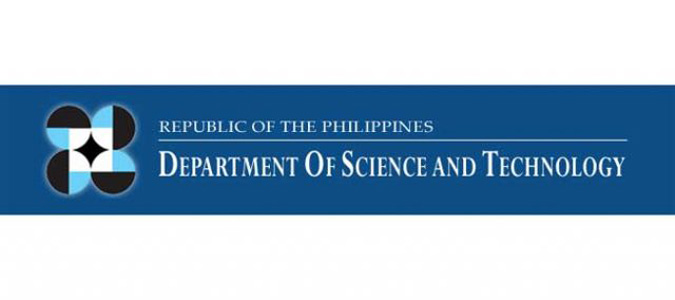
The Department of Science and Technology (DoST) said it is supporting a program that explores local plants’ medical potential for diabetes, cancer, and inflammation.
Led by Irene M. Villaseñor of the University of the Philippines Diliman, the health products formulation program aims to develop standardized and stable dosage forms of selected plant extracts, the department said in a statement.
Once the formulation is completed, the project team will scale up and produce enough dosage forms with the goal of testing their safety and efficacy through pre-clinical and clinical stages.
“Herbal medicine plays a large role in the community and is well-accepted in the rural areas,” said Executive Director Jaime C. Montoya of the DoST-Philippine Council for Health Research and Development.
“Validating the use of these traditional medicinal plants through research is a step closer into bridging the gap between evidence-based research and our fellow Filipino people,” he added.
The program has studied seventeen undisclosed plant extracts. It has also made inert formulations for eight spray-dried extracts (SDEs), or ethanolic plant extracts which are dried using a spray drying process. The SDEs are tested for their physical, phytochemical, and microbial properties, and subjected to stability testing. Those deemed stable SDEs are then used for dosage formulation and undergo standardization.
The second phase of the program, which began in Sept. 2021, is expected to be completed in Sept. this year. It has a total funding of P65,784,206.56 from the from the DoST.
It is under the Tuklas Lunas Program, DoST’s drug discovery and development initiative. Tuklas Lunas aims to produce medicines derived from Philippine biodiversity by leveraging on local expertise.
The Philippine terrestrial and marine habitats contain some of the richest biodiversity of flora and fauna. About two-thirds (65%) of its over 10,000 plant species are endemic (or limited to a particular locality), according to the World Wildlife Fund, an international conservation organization. — Patricia B. Mirasol



